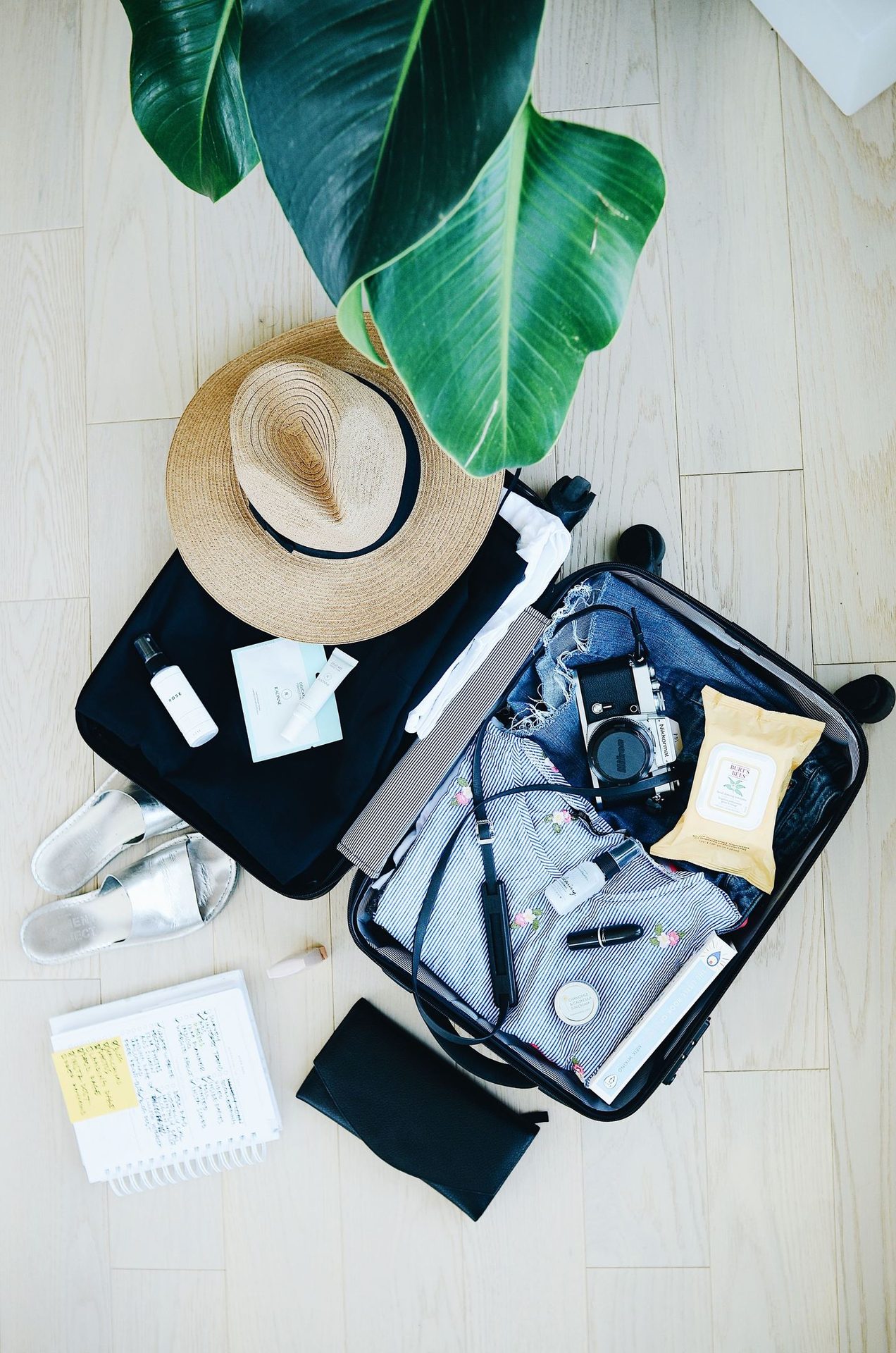Spain & Morocco
Vibrant Lands, Rich Cultures
Spain and Morocco are two countries with rich histories, stunning landscapes, and vibrant cultures.
Both countries have been influenced by various civilizations throughout history, resulting in a unique blend of traditions, architecture, and cuisine. Creating sensational experiences that will thrill your senses and broaden your horizons. From flamenco dancing to traditional markets, you will experience the vibrant energy that these two countries have to offer. Join us as we explore landmarks, taste-bud-tingling cuisine, and handy travel tidbits. Let's set sail on an unforgettable adventure!
Spain Must-Sees
Spain lures travelers with its glowing sunsets and heritage-rich architecture, inviting you to step back in time and feel the warmth of the local community. Highlights like Alhambra, a Moorish palace in Granada, the towering Gothic cathedral of Barcelona, and the buzzing El-Nejjarine Square in Fez are living proof of the layers of history and civilization. Every region in the country boasts its own unique culture, but all share a strong sense of community.
ALHAMBRA PALACE
No Spanish trip is complete without a visit to the Alhambra. Tucked away in the Sierra Nevada foothills, this fortress is a testament to Spain’s Islamic Golden Age. Wander through the Nasrid Palaces and Generalife Gardens and let the soothing sound of flowing water, the sweet scent of jasmine, and the intricate calligraphy transport you.
CATHEDRAL OF BARCELONA
The Cathedral of the Holy Cross and Saint Eulalia, also known as the Barcelona Cathedral, is a breathtaking symbol of history and faith. This stunning Cathedral watches over the city just as it has for hundreds of years. Whether you're admiring the Gothic architecture or attending a mass, visiting this Cathedral is an essential part of exploring Spain's deep Catholic roots.
PLAZA DE ESPAÑA
In the vibrant city of Seville you'll find Plaza De España. Built for the Ibero-American Exposition of 1929, this enormous architectural complex is a blend of Renaissance Revival and Moorish Revival styles. The semi-circular plaza, with its colorful tiles representing different regions of Spain, is surrounded by a canal crossed by picturesque bridges.
SAGRADA FAMILIA
Designed by the legendary Antoni Gaudí, this basilica has been under construction for over 140 years and is considered one of the most ambitious architectural projects in history. With its intricate facades and awe-inspiring interiors, La Sagrada Família combines Gothic and Art Nouveau styles to create a spiritual and artistic masterpiece.
Marocco Must-Sees
Spain lures travelers with its glowing sunsets and heritage-rich architecture, inviting you to step back in time and feel the warmth of the local community. Highlights like Alhambra, a Moorish palace in Granada, the towering Gothic cathedral of Barcelona, and the buzzing El-Nejjarine Square in Fez are living proof of the layers of history and civilization. Every region in the country boasts its own unique culture, but all share a strong sense of community.
BAHIA PALACE
In the heart of Marrakech, Bahia Palace is a stunning example of Moroccan architecture and artistry. Popular attractions within the palace include its lush courtyard gardens adorned with orange trees and fountains, the opulent Grand Courtyard with its intricate zellij tilework, and the beautiful rooms decorated with stucco and cedarwood carvings. Don't miss the captivating Riads with their tranquil ambiance, perfect for a moment of reflection amid the palace's splendor.
THE BLUE PEARL
Nestled in the Rif Mountains of Morocco, Chefchaouen is a city that will leave you speechless. Known for its striking blue-washed buildings, the "Blue Pearl" offers a serene yet vibrant atmosphere. Wander through the narrow, winding streets of the medina, where you'll find bustling souks, traditional crafts, and friendly locals. Don't miss a visit to the historic Kasbah, which offers panoramic views of the city and a glimpse into its rich history.
EL NEJJARINE SQUARE
Nestled in the heart of Fez, El Nejjarine Square is a vibrant tapestry of history and culture that every frequent traveler should experience. Known for its stunning architecture and the renowned Nejjarine Museum of Wooden Arts and Crafts, this square is a testament to Morocco's rich artisan heritage. Stroll through the bustling area and marvel at the intricately carved cedar woodwork and zellige tile mosaics that adorn the buildings.
JARDIN MAJORELLE
A visit to the Yves Saint Laurent gardens, or "Jardin Majorelle", is an enchanting experience that combines natural beauty with a rich artistic legacy. This botanical garden, once owned by the famed designer, is renowned for its vibrant blue buildings and striking plant life, creating a serene oasis amidst the bustling streets of Marrakech. The garden also houses a museum dedicated to Berber culture, offering a deeper understanding of Morocco's heritage.
Tips & tricks
Whether you're winding your way through the Medina's narrow lanes or soaking up the panoramic views atop a Spanish hill, keep these useful tips in mind for a smooth travel experience.
01. dress for the day
As Mediterranean countries, Spain and Morocco can range from mild to scorching hot, depending on the season. Light, breathable fabrics, like linen and cotton, are ideal for summer, while a scarf or shawl can ward off the evening chill. Dress modestly when visiting religious sites and bring clothes that can be layered.
02. CAPTURE THE MOMENT
Always ask permission before taking photos at religious sites out of courtesy for privacy and spirituality. Pictures are great, but don't forget to savor the moment without your camera, too.
03. COMMUNICATION
Even though English is commonly spoken in tourist hotspots, learning a few basic phrases in Arabic or Spanish can help you connect with locals. Understanding local customs, from mint tea etiquette to haggling in the markets, will enrich your journey.
04. VISA RULES AND CURRENCIES
Spain is part of the Schengen Area, offering many international travelers up to 90 days (about 3 months) of visa-free travel. The Euro is the national currency, and while card payment is widely accepted, it's handy to have a bit of cash for small purchases and rural areas.
Morocco also offers up to 90 days of visa-free travel. The Dirham is the national currency. While credit cards are accepted in many hotels, larger restaurants, and tourist-focused shops in major cities, smaller businesses, local markets, and rural areas often operate on a cash-only basis so it is preferable to keep a small amount of cash at all times.
Find out more about touring with Insight Vacations from our travel expert Alexis Kinley.
Alexis has been in the travel industry for over 25 years. From destination weddings. to guided tours through Europe, to river cruising, Alexis is your ultimate guide to crafting unforgettable journeys.
Not only will she ensure your booking experience is seamless but she will also share invaluable travel tips to enhance your stay.



